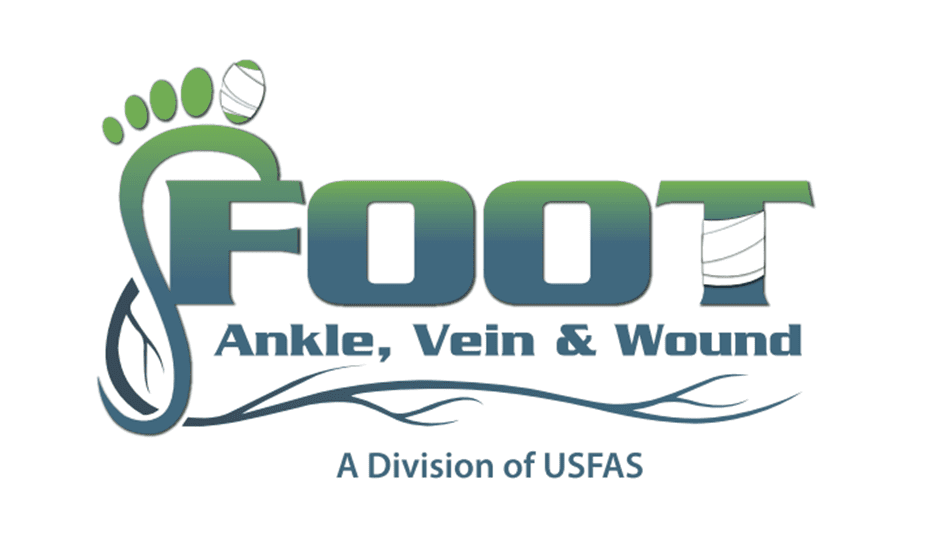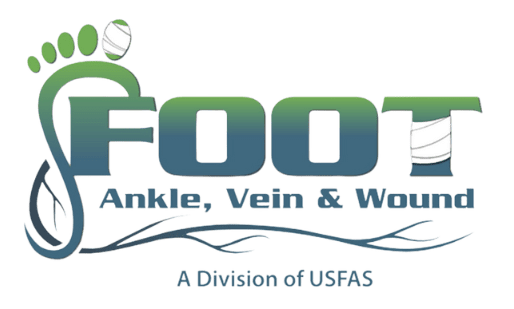WHAT IS ARTHRITIS?
Arthritis, in general terms, is inflammation and swelling of the cartilage and lining of the joints, generally accompanied by an increase in the fluid in the joints. Arthritis has multiple causes; just as a sore throat may have its origin in a variety of diseases, so joint inflammation and arthritis are associated with many different illnesses.
Arthritis and the Feet
Arthritis is a frequent component of complex diseases that may involve more than 100 identifiable disorders. If the feet seem more susceptible to arthritis than other parts of the body, it is because each foot has 33 joints that can be afflicted, and there is no way to avoid the pain of the tremendous weight-bearing load on the feet.
Arthritis is a disabling and occasionally crippling disease; it afflicts almost 40 million Americans. In some forms, it appears to have hereditary tendencies. While the prevalence of arthritis increases with age, all people from infancy to middle age are potential victims. People over 50 are the primary targets.
Arthritic feet can result in loss of mobility and independence, but that may be avoided with early diagnosis and proper medical care.
Some Causes
Besides heredity, arthritic symptoms may arise in a number of ways:
* Through injuries, notably in athletes and industrial workers, especially if the injuries have been ignored (which injuries of the feet tend to be).
* Through bacterial and viral infections that strike the joints. The same organisms that are present in pneumonia, gonorrhea, staph infections, and Lyme disease cause the inflammations.
* In conjunction with bowel disorders such as colitis and ileitis, frequently resulting in arthritic conditions in the joints of the ankles and toes. Such inflammatory bowel diseases seem distant from arthritis, but treating them can relieve arthritic pain.
* Using drugs, both prescription drugs and illegal street drugs, can induce arthritis.
* As part of a congenital autoimmune disease syndrome of undetermined origin. Recent research has suggested, for instance, that a defective gene may play a role in osteoarthritis.
Symptoms
Because arthritis can affect the structure and function of the feet it is important to see a doctor of podiatric medicine if any of the following symptoms occur in the feet:
* Swelling in one or more joints
* Recurring pain or tenderness in any joint
* Redness or heat in a joint
* Limitation in motion of joint
* Early morning stiffness
* Skin changes, including rashes and growths
Diagnosis
Different forms of arthritis affect the body in different ways; many have distinct systemic affects that are not common to other forms. Early diagnosis is important to effective treatment of any form. Destruction of cartilage is not reversible, and if the inflammation of arthritic disease isn’t treated, both cartilage and bone can be damaged, which makes the joints increasingly difficult to move. Most forms of arthritis cannot be cured but can be controlled or brought into remission; perhaps only five percent of the most serious cases, usually of rheumatoid arthritis, result in such severe crippling that walking aids or wheelchairs are required.
Treatment
The objectives in the treatment of arthritis are controlling inflammation, preserving joint function (or restoring it if it has been lost), and curing the disease if that is possible.
Because the foot is such a frequent target, the doctor of podiatric medicine is often the first physician to encounter some of the complaints–inflammation, pain, stiffness, excessive warmth, injuries. Even bunions can be manifestations of arthritis.
Arthritis may be treated in many ways. Patient education is important. Physical therapy and exercise may be indicated, accompanied by medication. In such a complex disease system, it is no wonder that a wide variety of drugs have been used effectively to treat it; likewise, a given treatment may be very effective in one patient and almost no help at all to another. Aspirin is still the first-line drug of choice for most forms of arthritis and the benchmark against which other therapies are measured.
The control of foot functions with shoe inserts called orthoses, or with braces or specially prescribed shoes, may be recommended. Surgical intervention is a last resort in arthritis, as it is with most disease conditions; the replacement of damaged joints with artificial joints is a possible surgical procedure.

